From Florentine Saddles to Global Icon
1920s–1950s: Crafting a Reputation
Guccio Gucci opened his Florence workshop in 1921, selling leather saddles and travel goods to well-heeled tourists. Wartime trade embargoes forced the brand to innovate with resilient cotton canvas printed in a brown-on-brown diamond motif, the forerunner of today’s GG pattern. Shortages also led artisans to steam and bend Japanese bamboo into bag handles—an inventive solution that later became a design signature. By the early 1950s boutiques in Florence, Rome and Milan had cemented Gucci as a name for refined Italian craftsmanship, further distinguished by the green-red-green web stripe drawn from equestrian saddle girths.
1960s–1980s: Icons and Innovation
The post-war dolce vita era propelled Gucci onto the global stage. Grace Kelly carried the rounded hobo introduced in 1961—later renamed the Jackie for Jacqueline Kennedy Onassis—while the Horsebit hardware, borrowed from a snaffle bit, migrated from loafers onto structured shoulder bags. Aldo Gucci’s expansion into New York, London and Tokyo ensured that canvas carry-ons, suede buckets and pigskin totes reached a jet-set clientele.
1990s–Today: Revival and Reinvention
Family turmoil in the late 1980s was followed by a creative resurgence under Tom Ford in 1994. He pared back silhouettes and returned the Double G logo to prominence. Frida Giannini mined the archive for the Soho Disco and re-worked Bamboo top handles, while Alessandro Michele pushed maximalist layers with the Dionysus, Sylvie and Marmont lines. Since 2023, Sabato De Sarno has balanced archival codes with cleaner shapes, revisiting the Blondie and Bamboo 1947 for a new audience. Through each era, Gucci handbags have remained functional statements of both heritage and innovation.
The Bags That Define Gucci
Bamboo 1947
Born from material scarcity, the steamed-bamboo handle remains hand-finished in Tuscany and signals old-world craft on a modern top-handle silhouette.

Jackie 1961
A crescent hobo closed by a piston clasp, relaunched in multiple sizes and materials with an additional web strap for cross-body wear.

Horsebit 1955
A structured flap bag with double-ring-and-bar hardware and three interior gussets that keep documents, tablet and phone in order.

Dionysus
Launched in 2015, its tiger-head spur closure updates GG Supreme canvas with sharp hardware. Special releases add embroidery, crystals or exotic trims.

GG Marmont
Introduced in 2016, the chevron-quilted matelassé leather and soft brass Double G buckle create a versatile camera, flap or top-handle line that holds value on the resale market.

The Five House Codes of Gucci
The Bit
First used on a loafer in 1953, the Horsebit—two rings joined by a bar—symbolises the brand’s equestrian roots. On handbags the hardware frames flap closures or anchors shoulder straps, adding an instantly recognisable yet restrained emblem.
The Double G
Derived from Guccio Gucci’s initials, the interlocking Gs appear as clasps, leather embossing or all-over canvas. Whether rendered in palladium, aged brass or enamel, the motif connects new releases to nearly a century of history.
Bamboo
Introduced in 1947 due to post-war leather shortages, the curved bamboo handle became a hallmark of ingenuity. Today’s versions blend heritage technique with contemporary colours and detachable straps, proving utility can be elegant.
Green and Red Stripe
Adopted in the 1950s, the web stripe references saddle straps used on horse rugs. Applied as a fabric band, a leather inlay or a jacquard lining, the stripe lends an athletic accent while grounding collections in the brand’s Florentine origins.
Flora Print
Commissioned in 1966 for Princess Grace of Monaco, the Flora silk scarf featured 43 varieties of flowers, plants and insects. Re-imagined on coated canvas, leather linings and pocket interiors, the vibrant pattern adds a romantic counterpoint to the house’s equestrian DNA.
Conclusion
Gucci’s handbags distil more than a century of design evolution into portable form. Icons such as the Bamboo 1947, Jackie 1961 and Horsebit 1955 demonstrate how necessity and symbolism shape enduring objects, while contemporary lines like Dionysus and Marmont show the brand’s ability to reframe its codes for modern life. The five house codes—the Bit, Double G, Bamboo, green-red stripe and Flora print—act as constant threads, ensuring each new piece carries the story of Florentine saddlery, Hollywood glamour and Italian craft. Whether you choose a vintage canvas hobo or a current-season leather flap, a Gucci bag offers utility, lineage and design clarity that remain unmistakable on any arm.






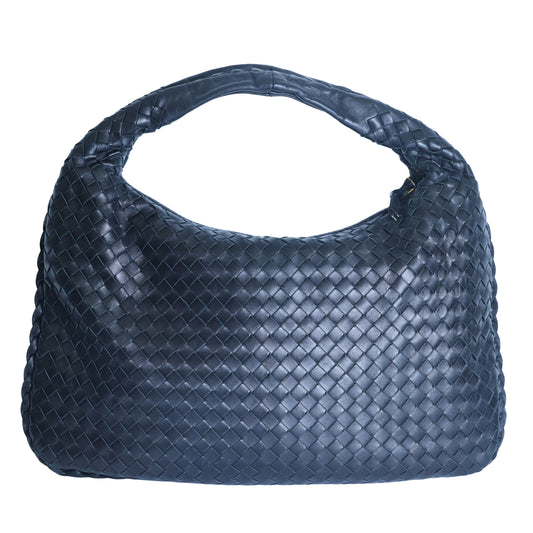
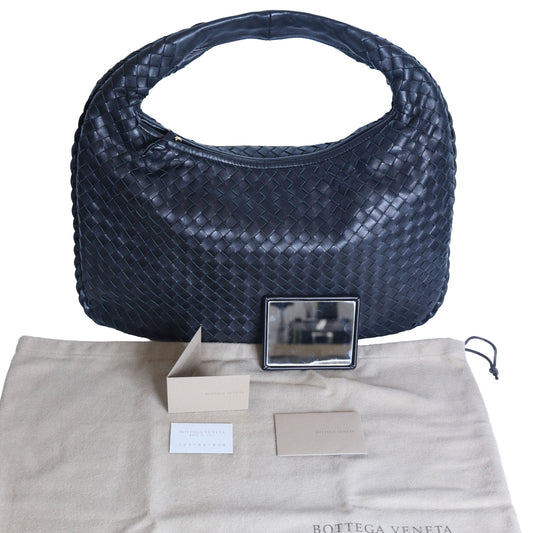
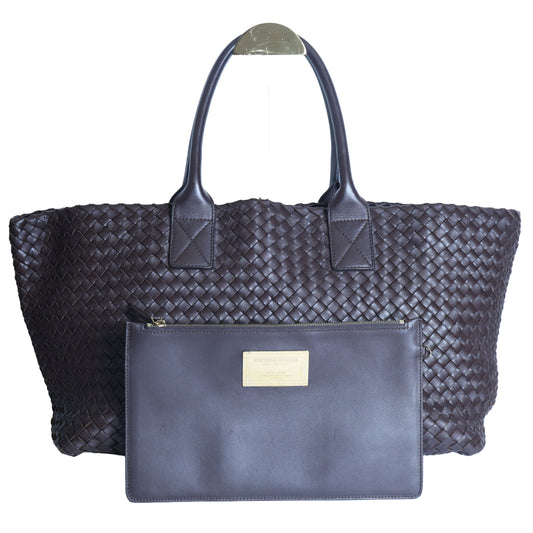
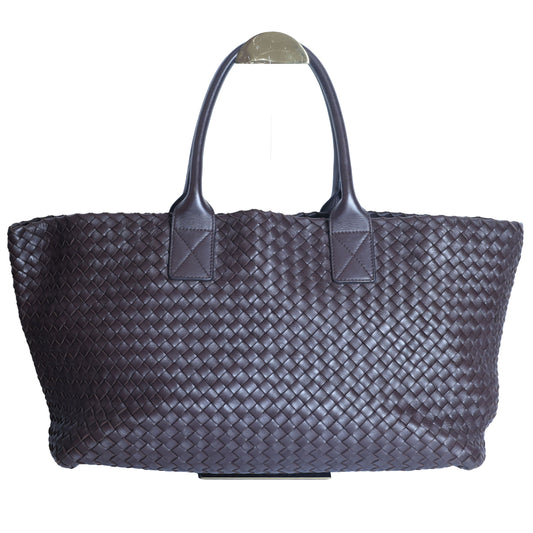
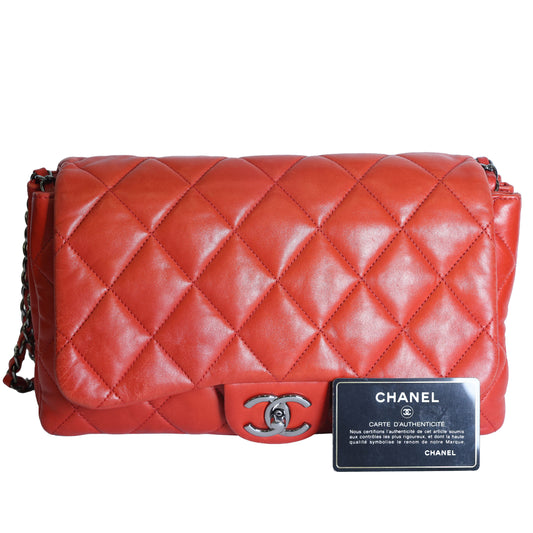
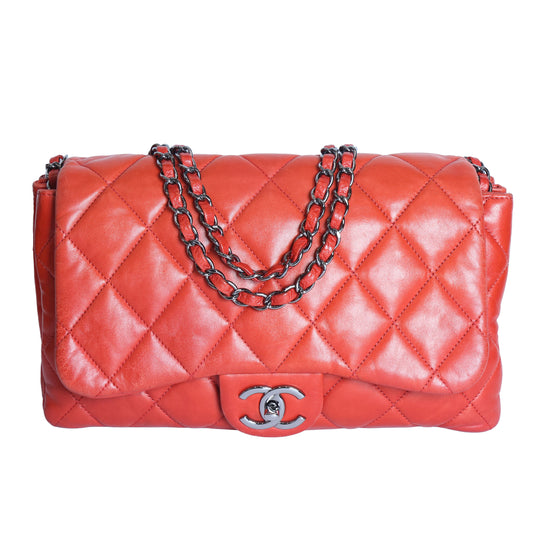
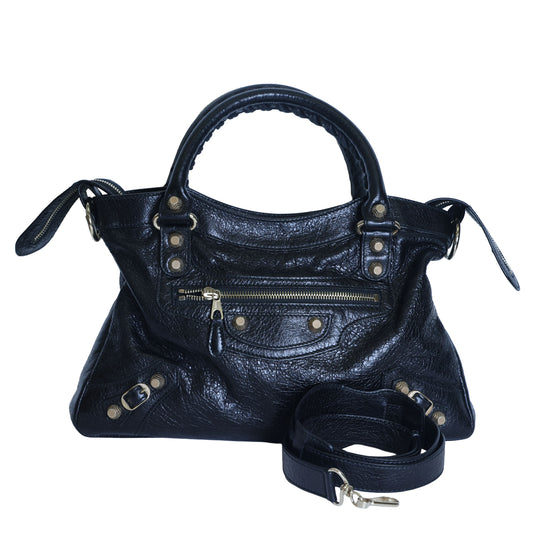
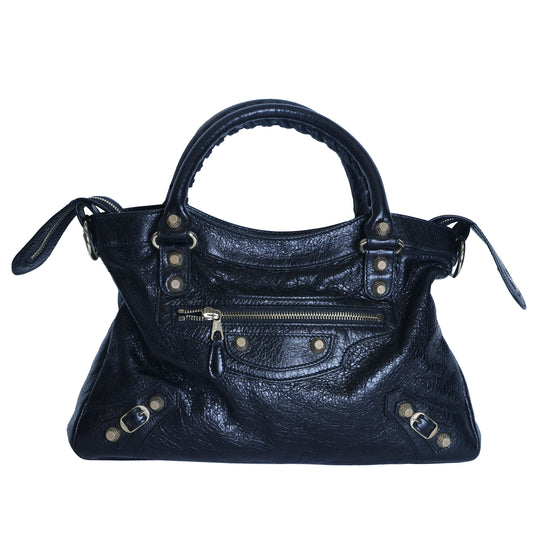
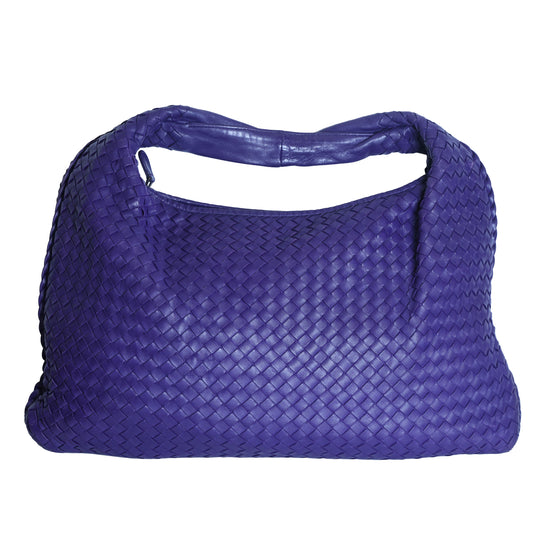
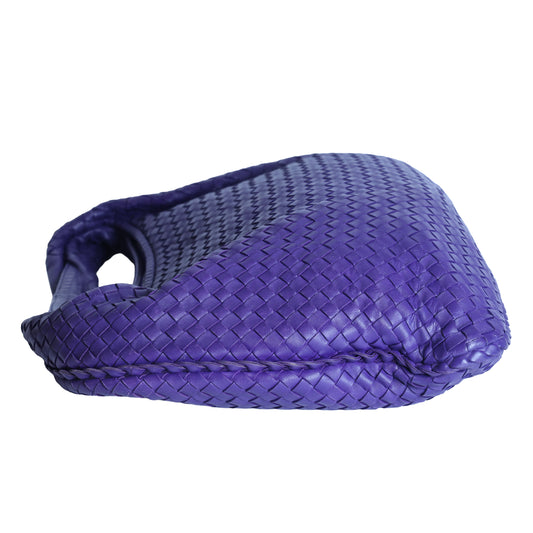
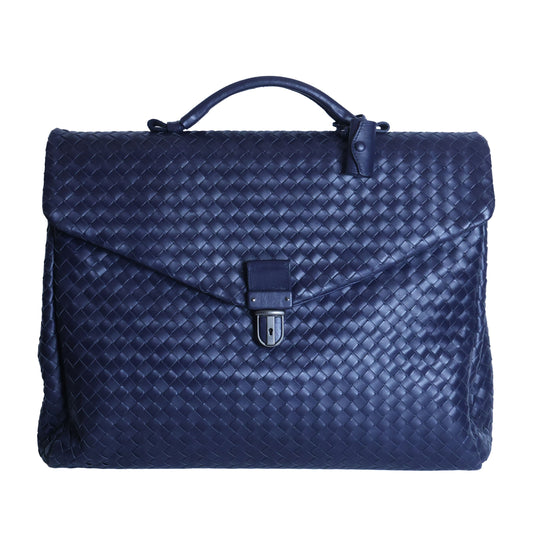
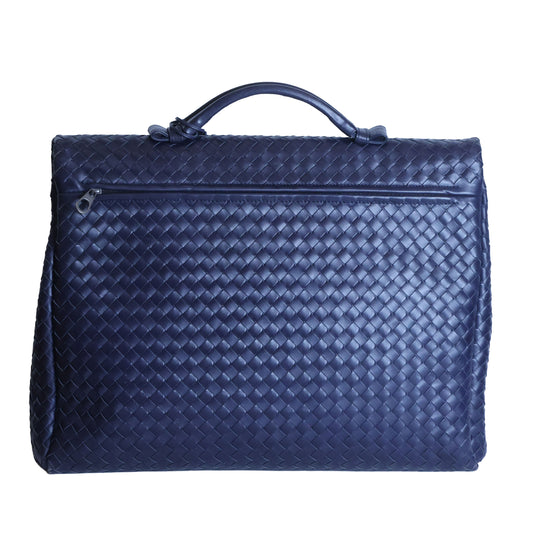
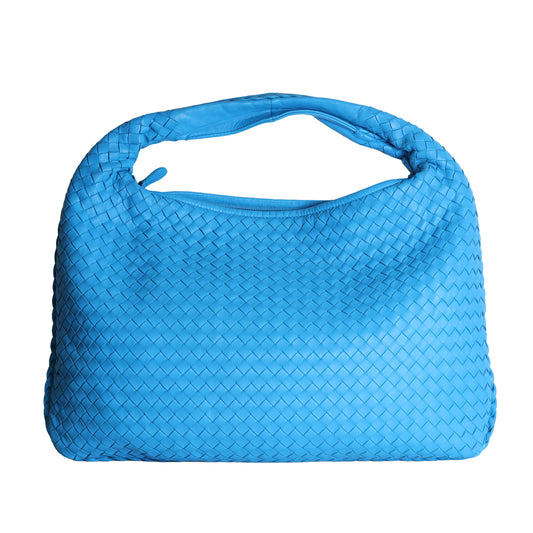
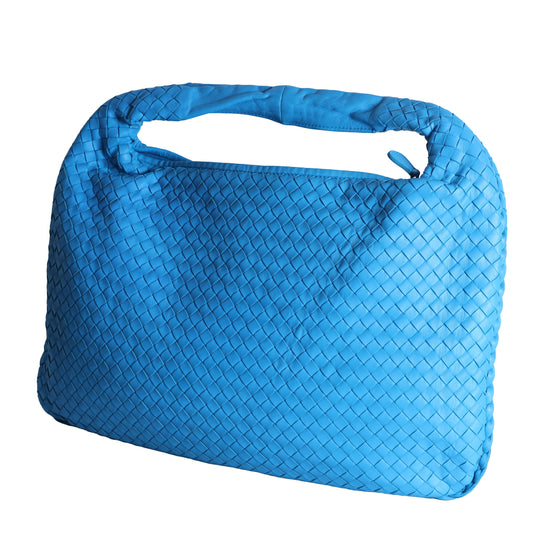
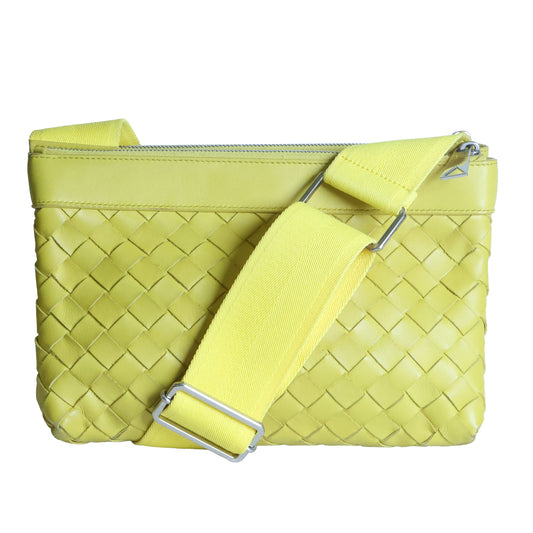

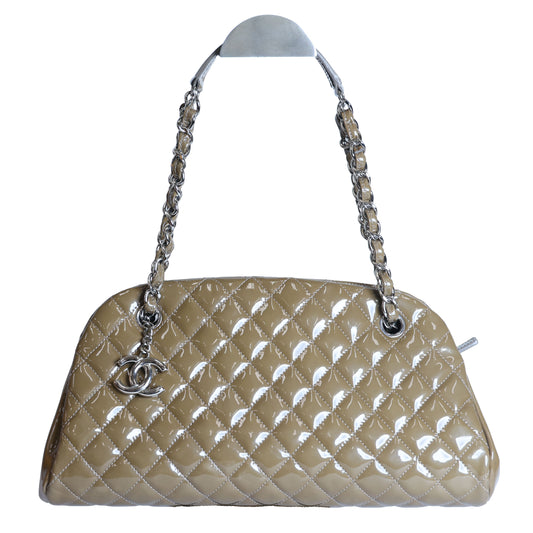
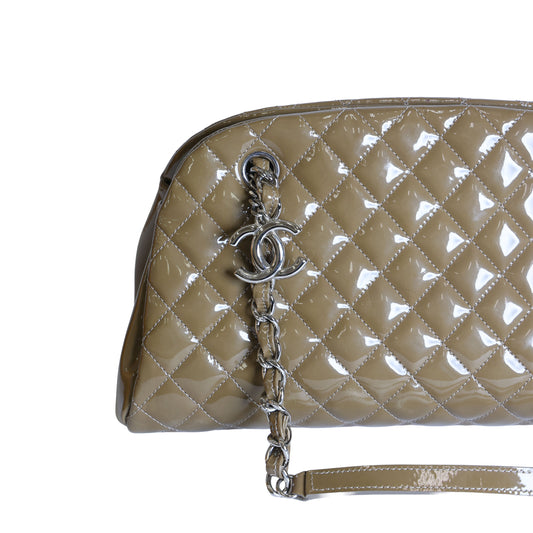
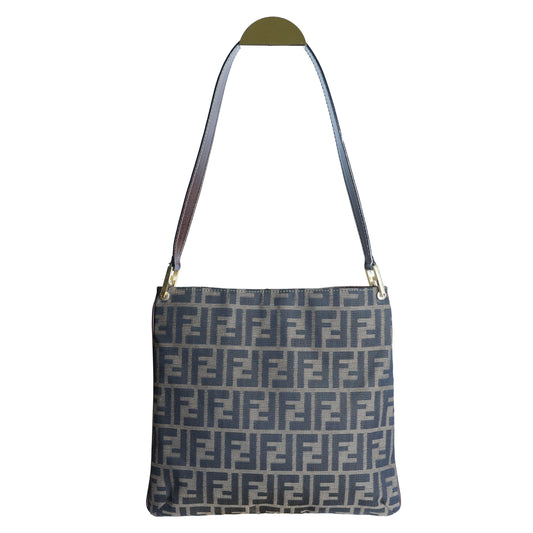
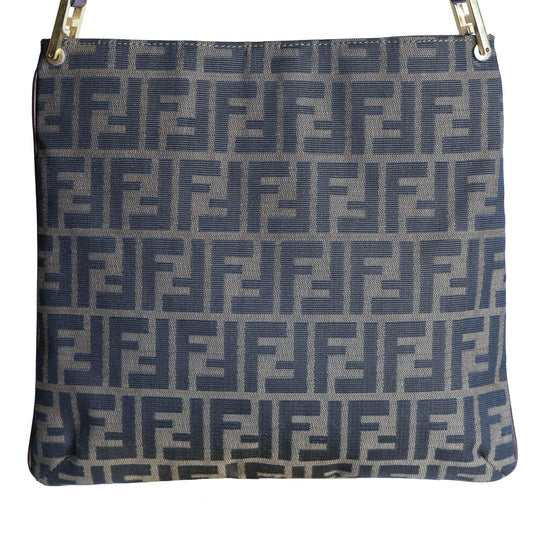
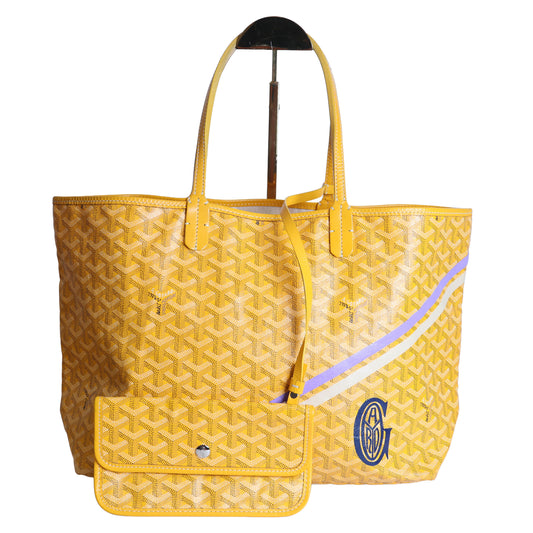
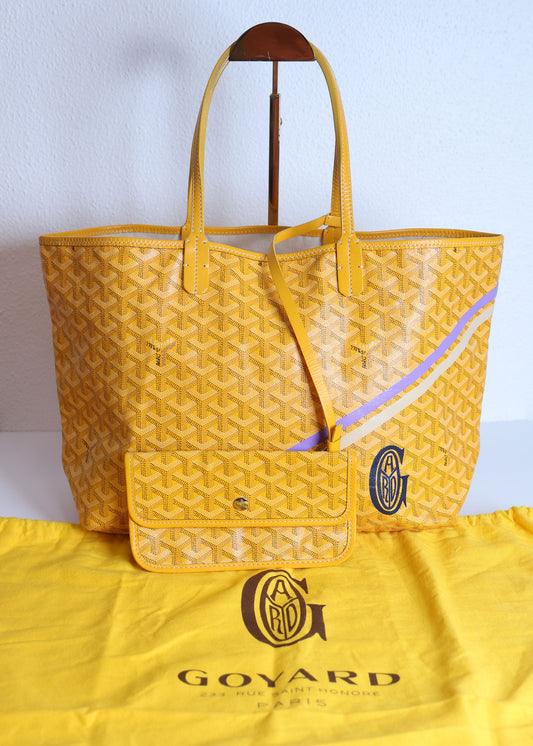
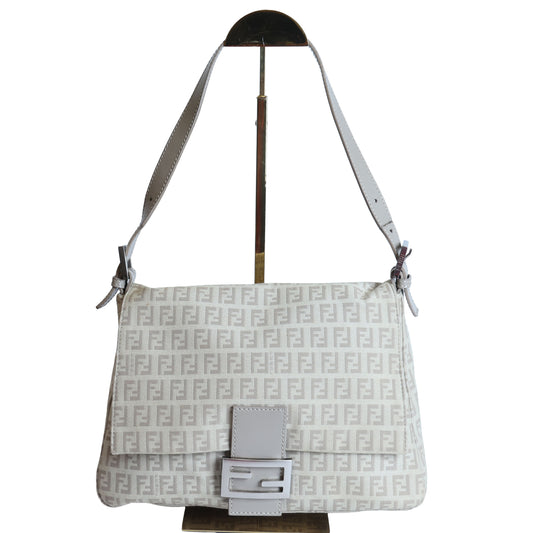
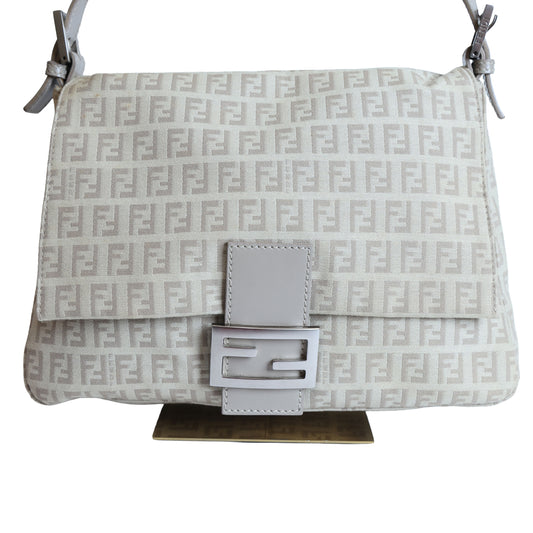
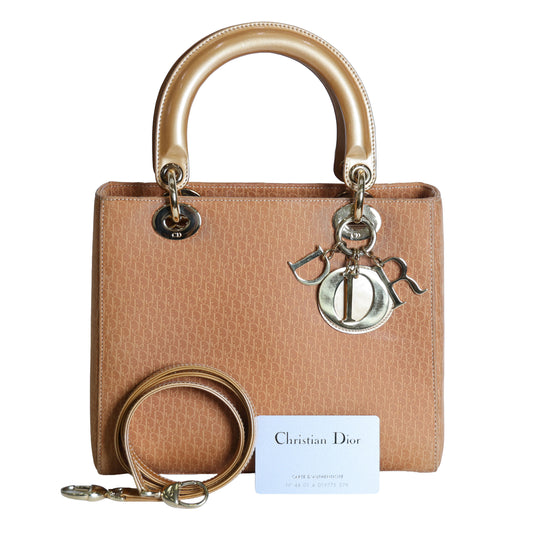
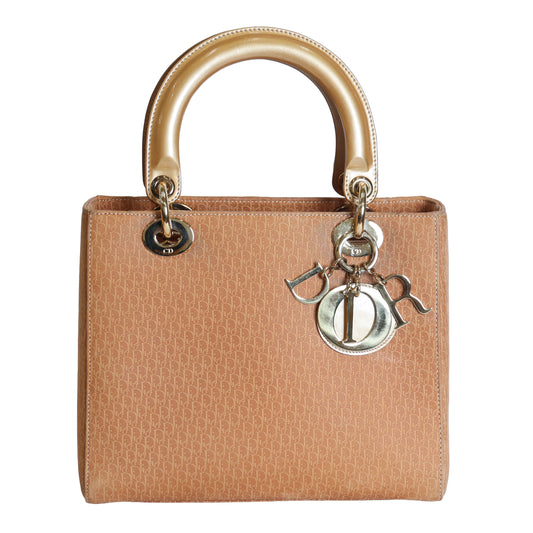
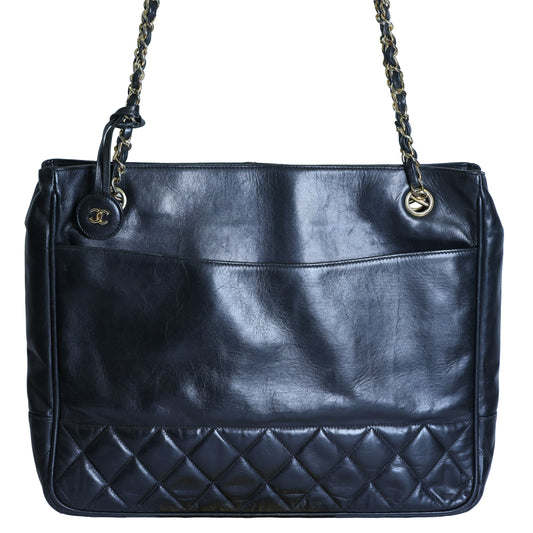
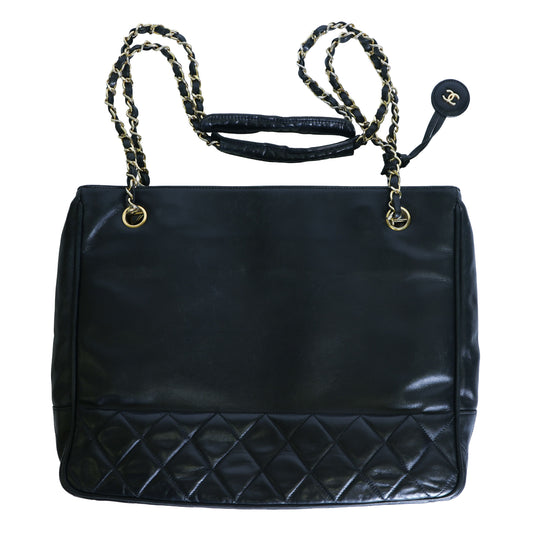
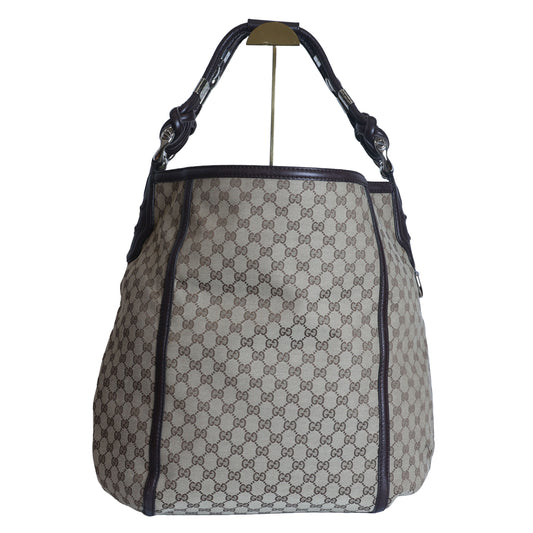

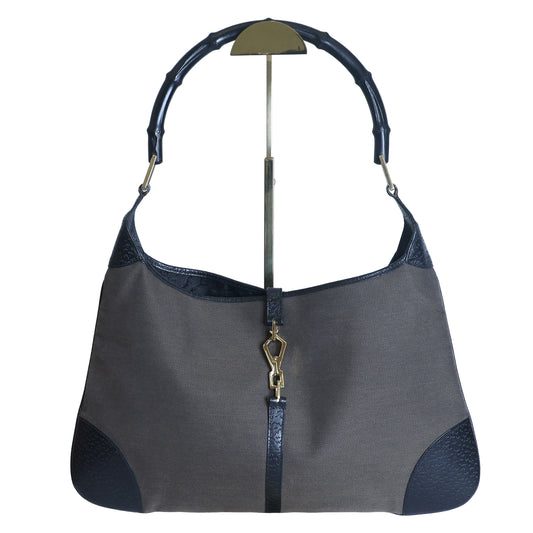
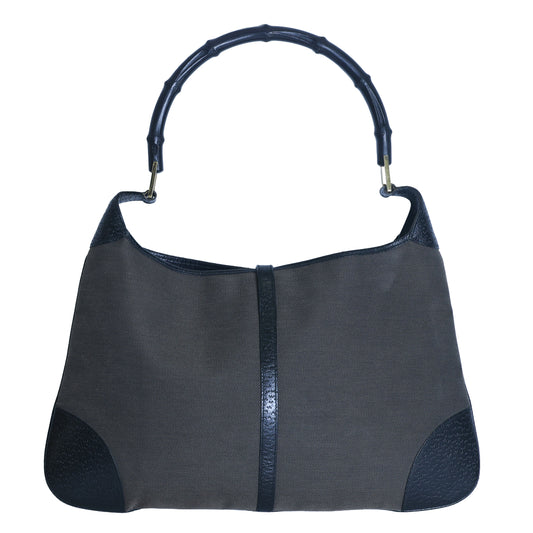
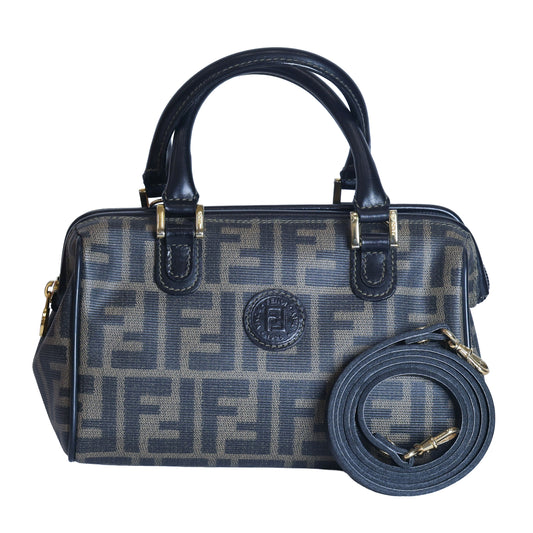
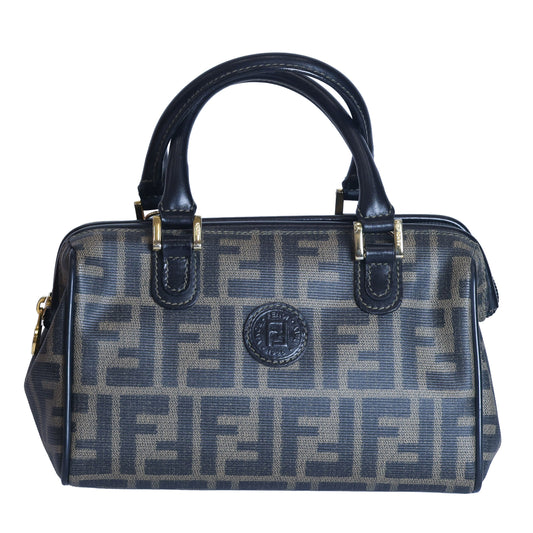
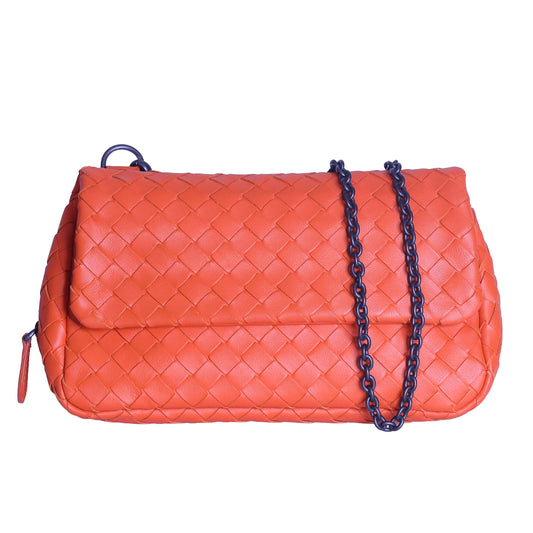
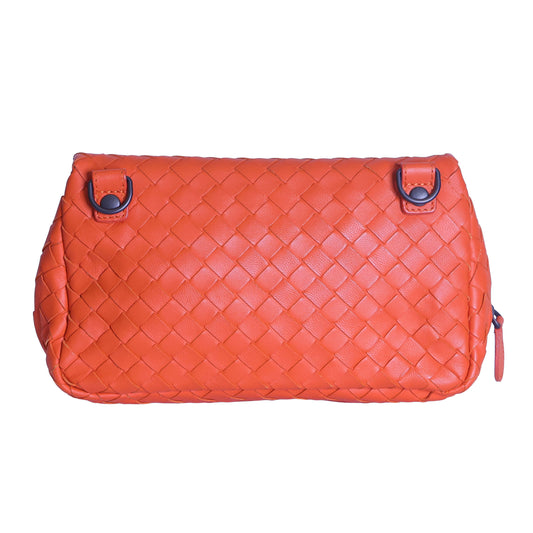
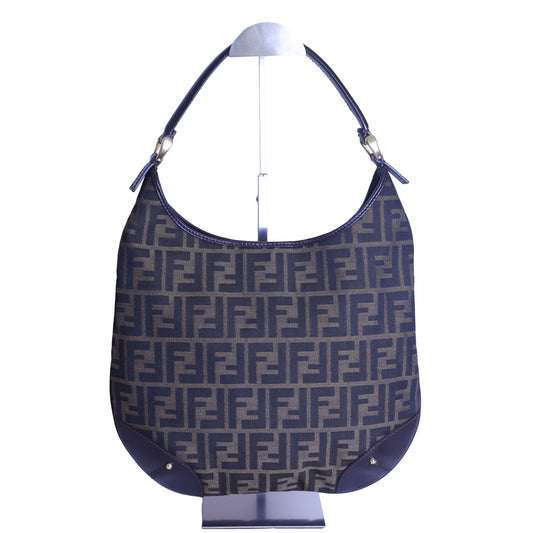
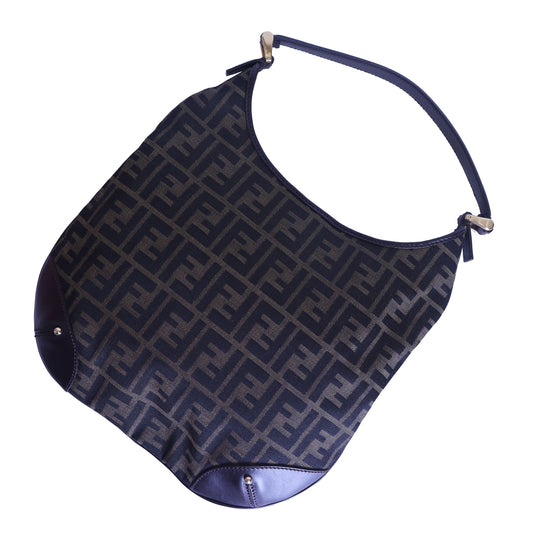
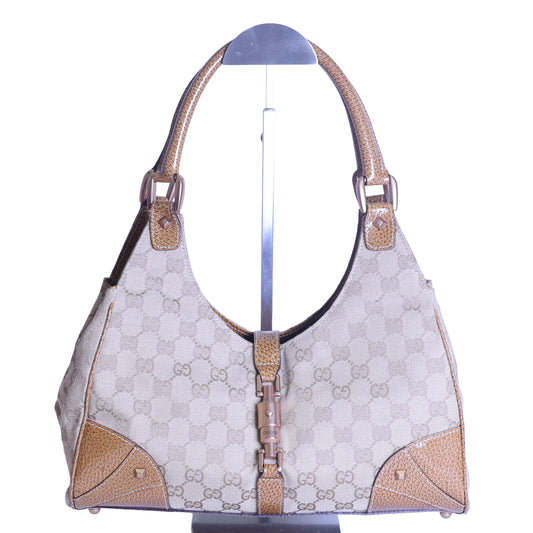
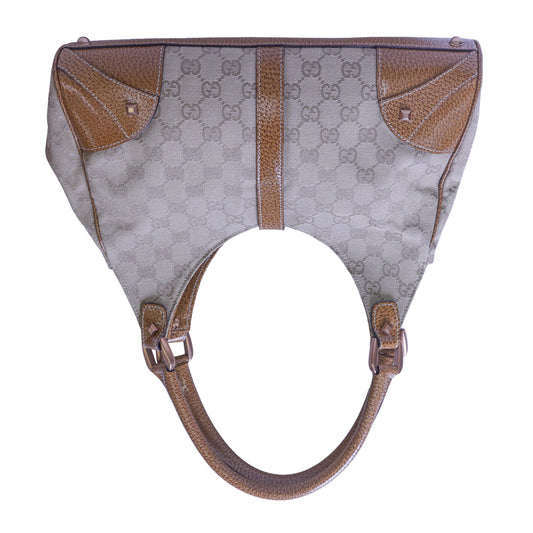
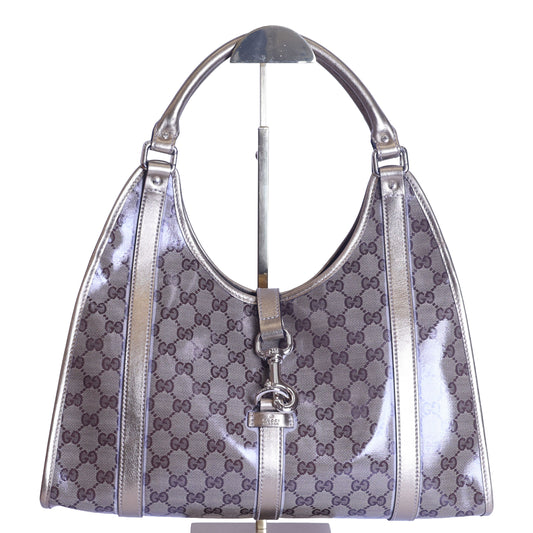
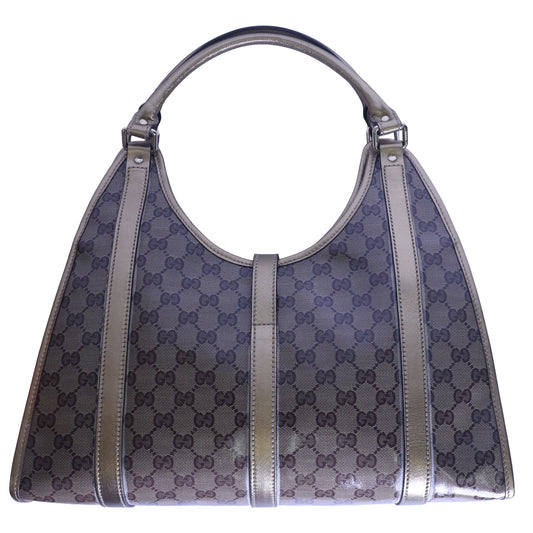
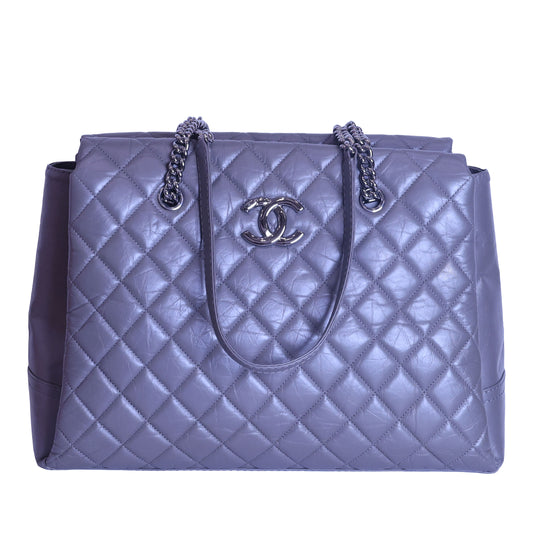
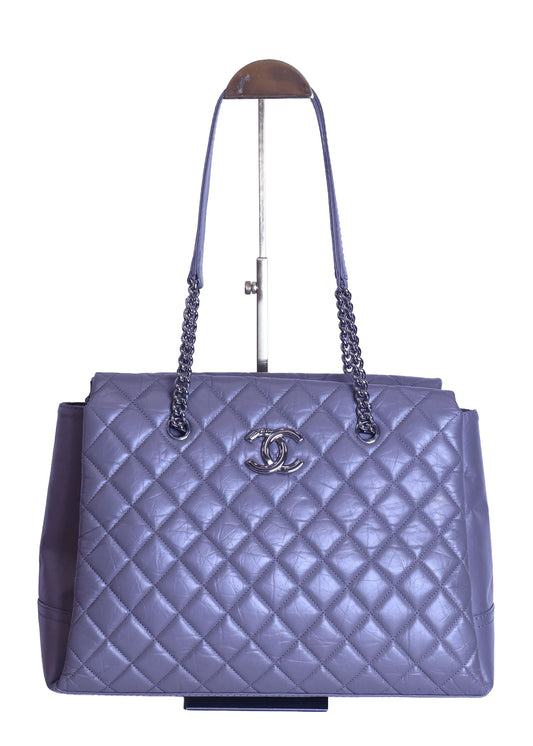
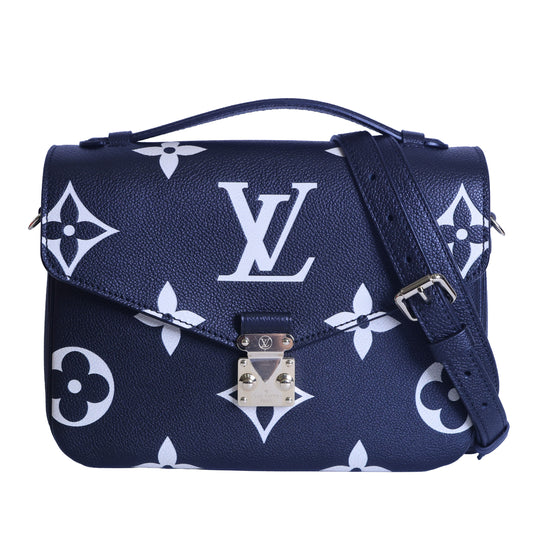
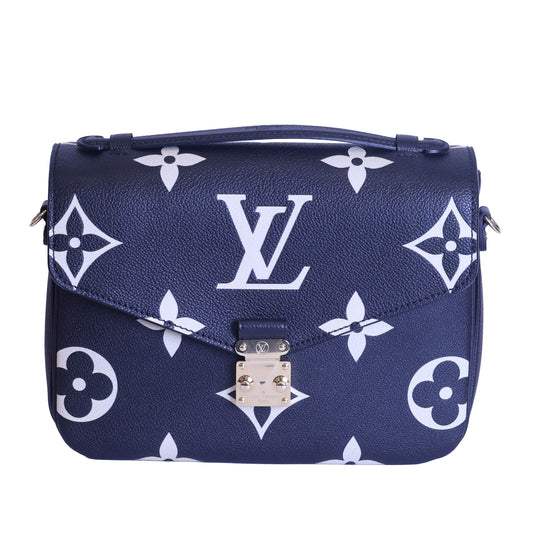
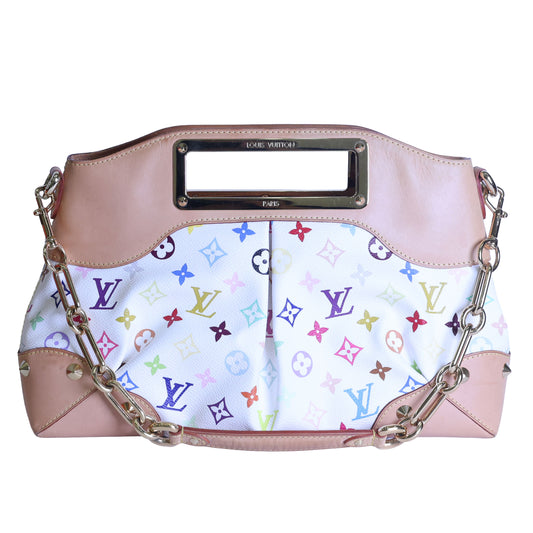
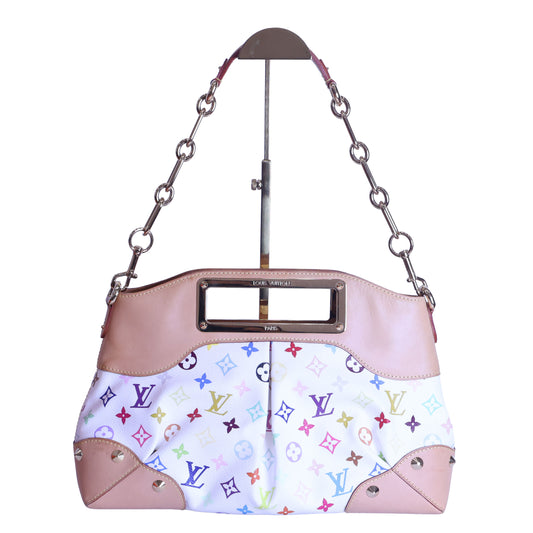
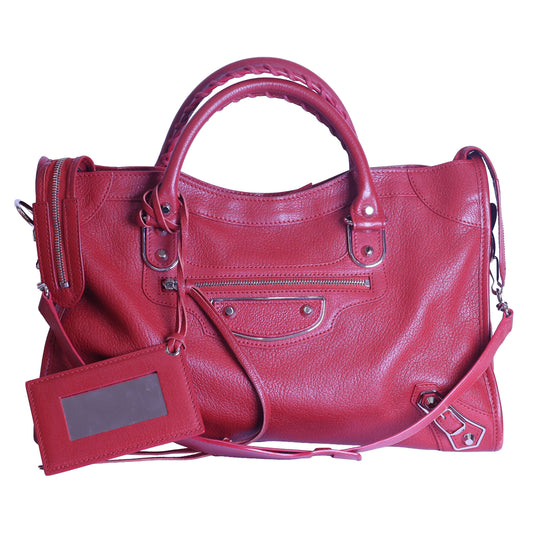
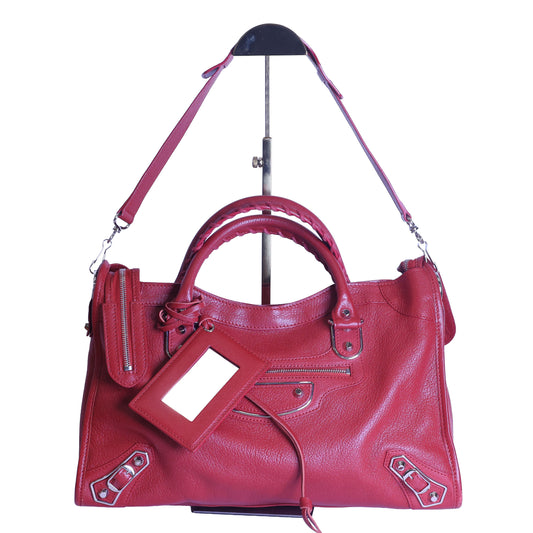
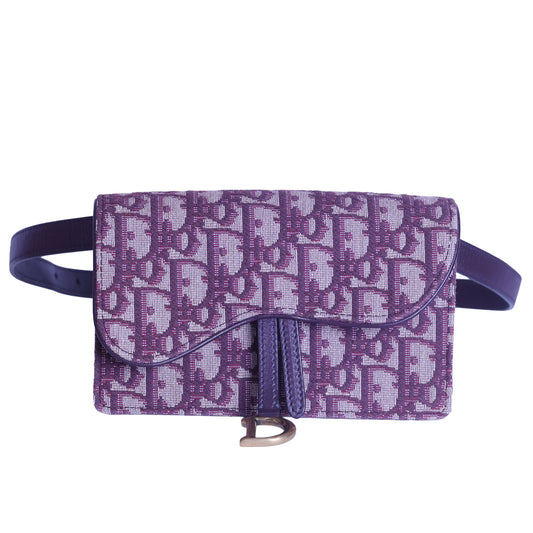

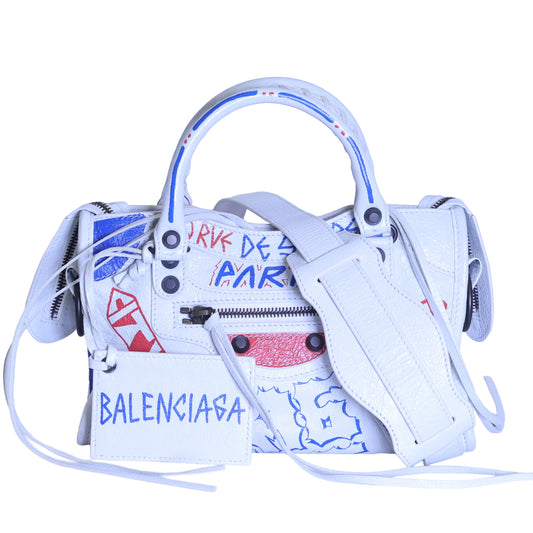
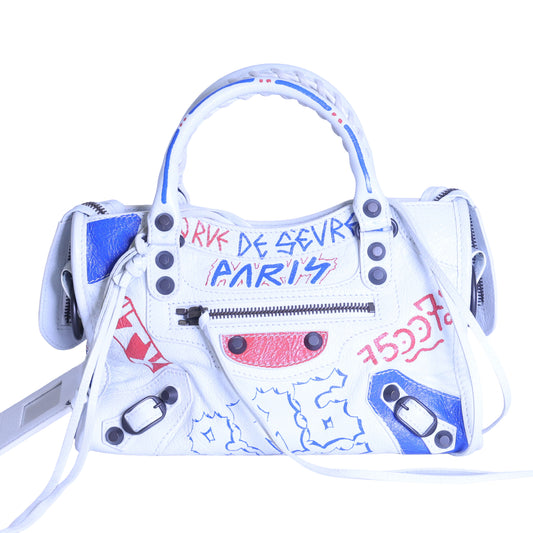
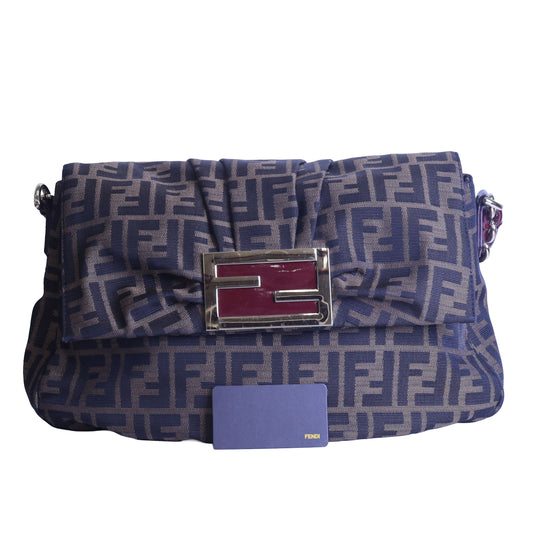
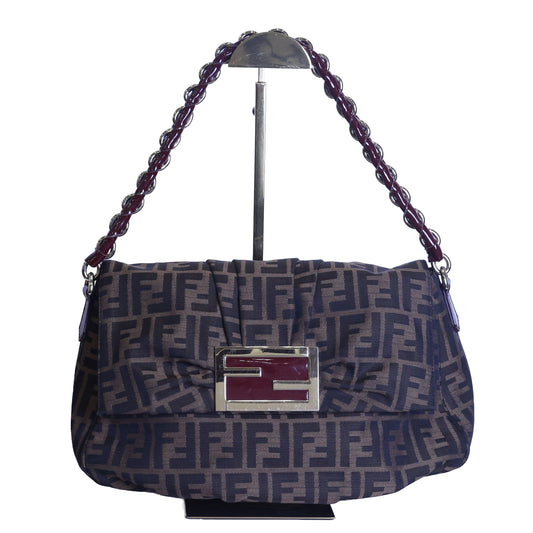
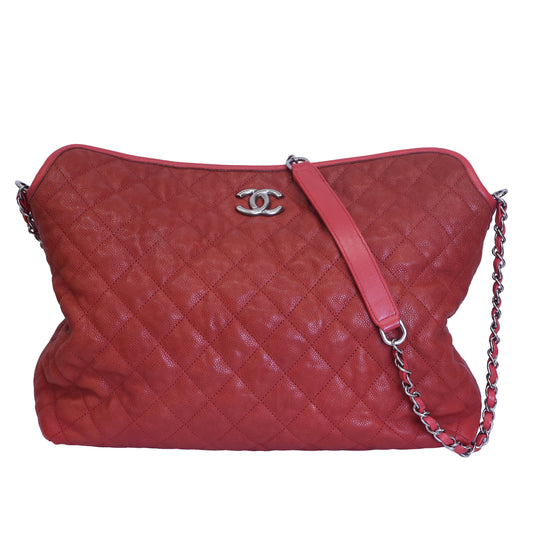
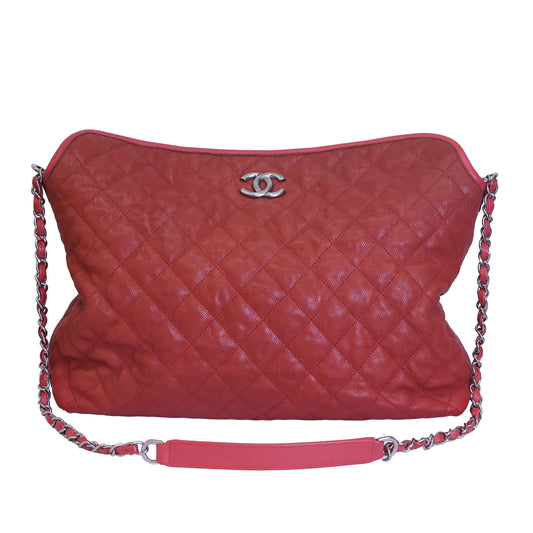
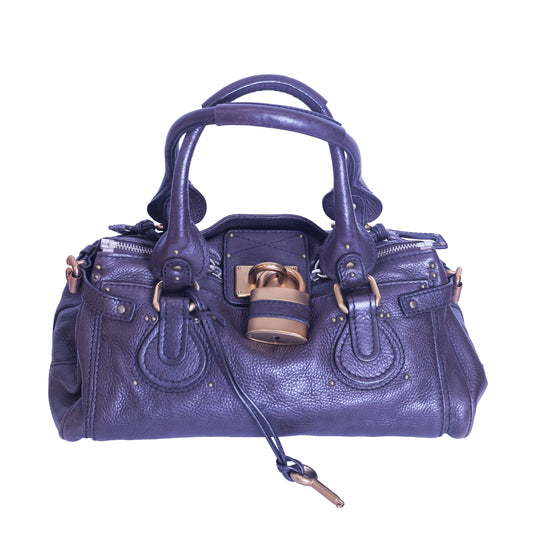
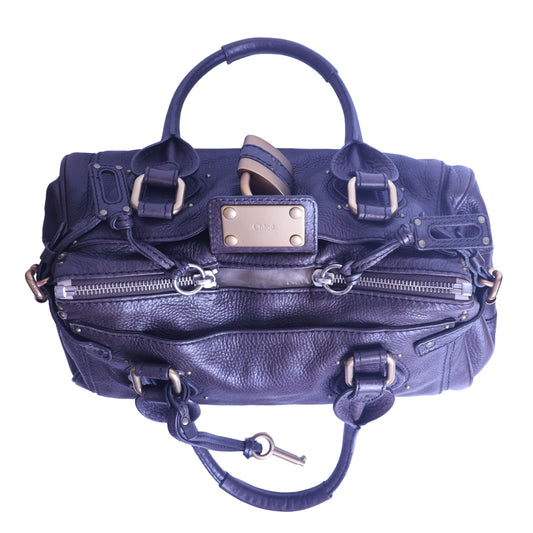
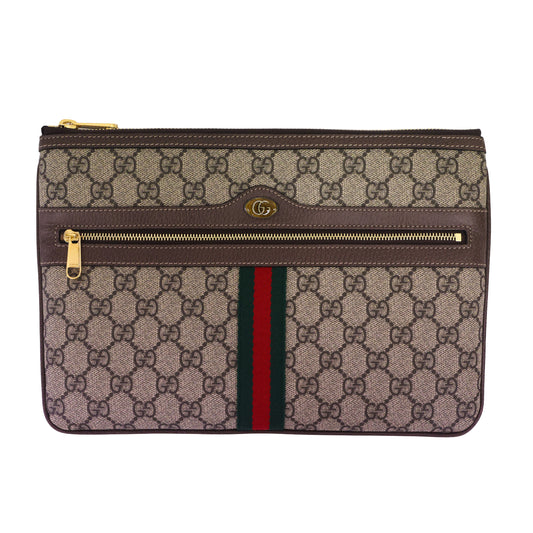
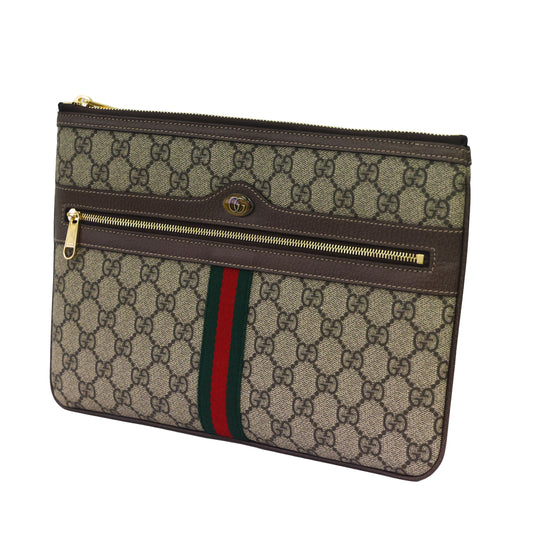
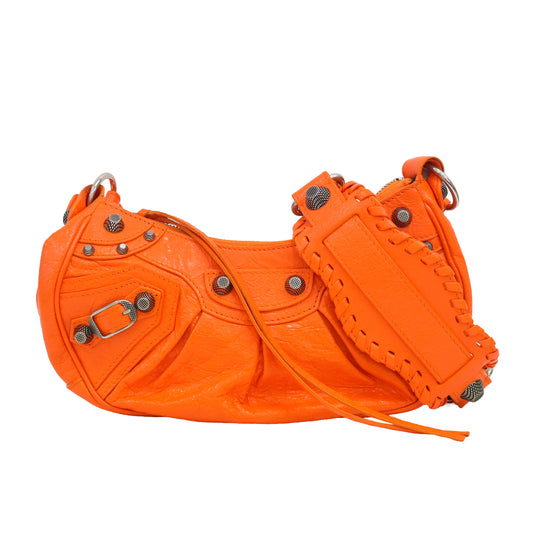
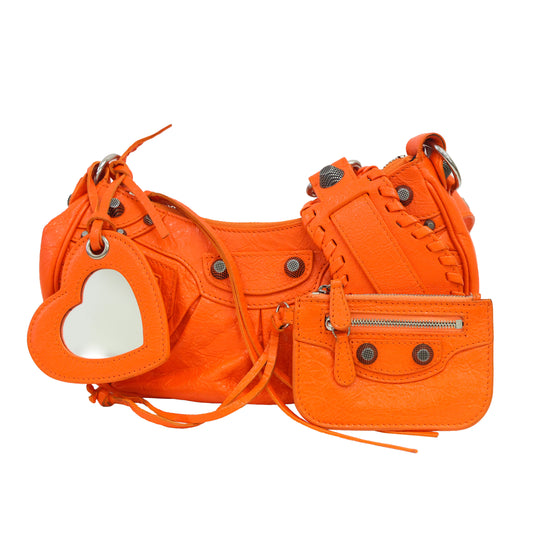
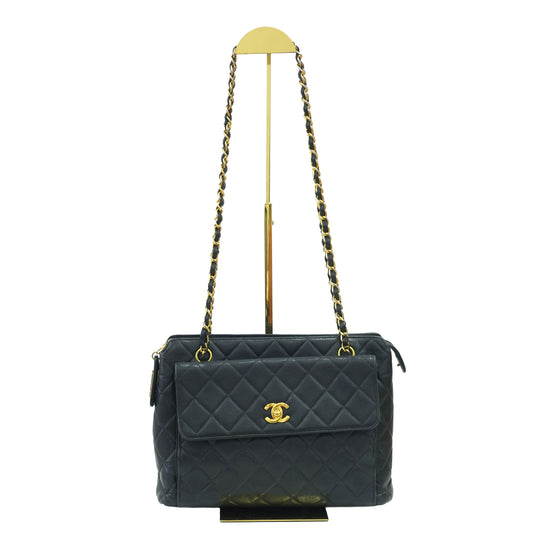
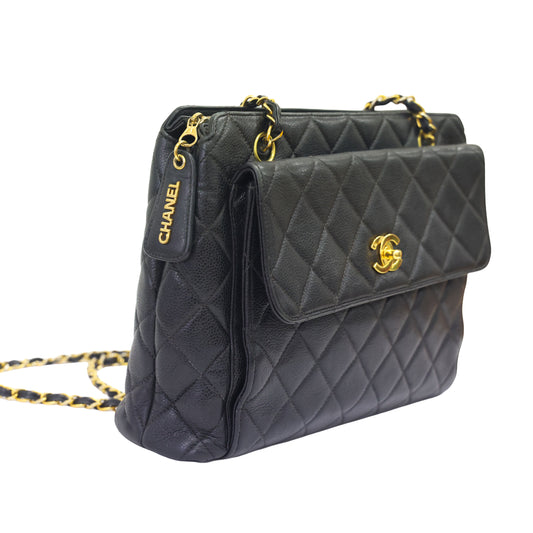
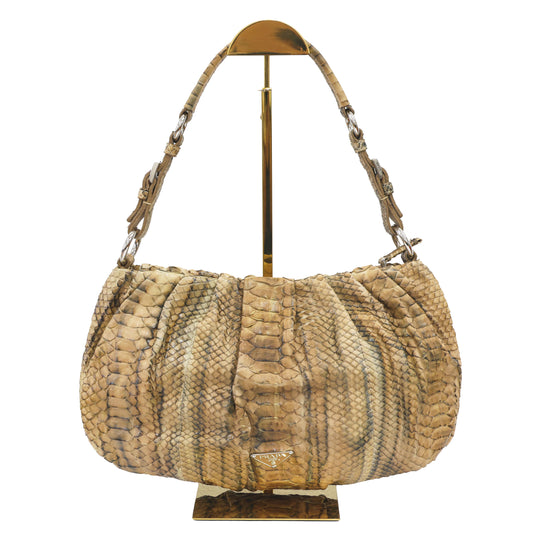
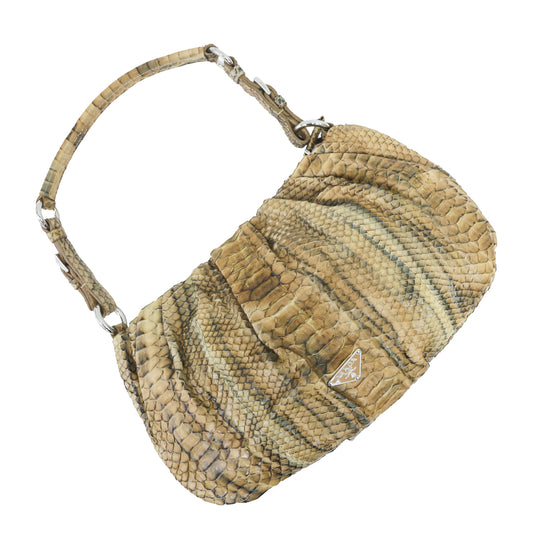
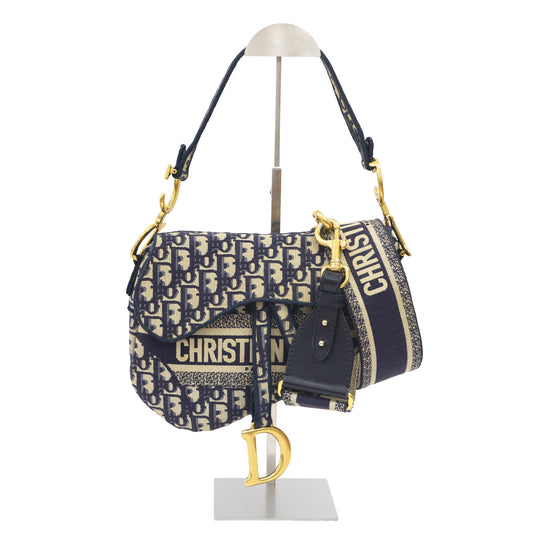
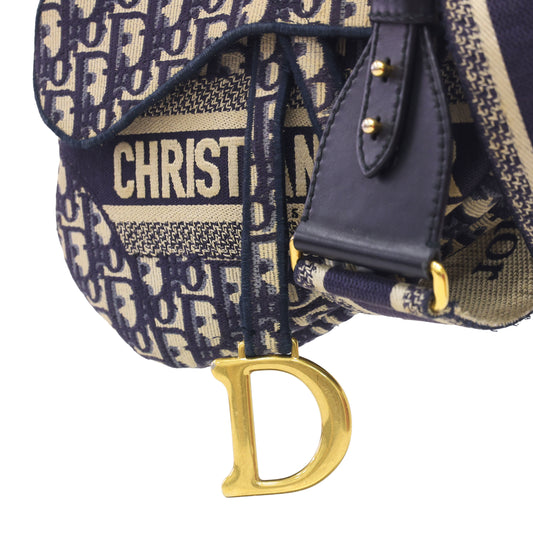
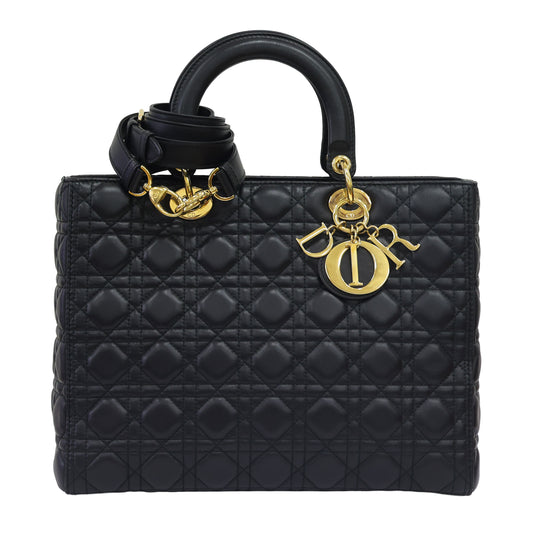
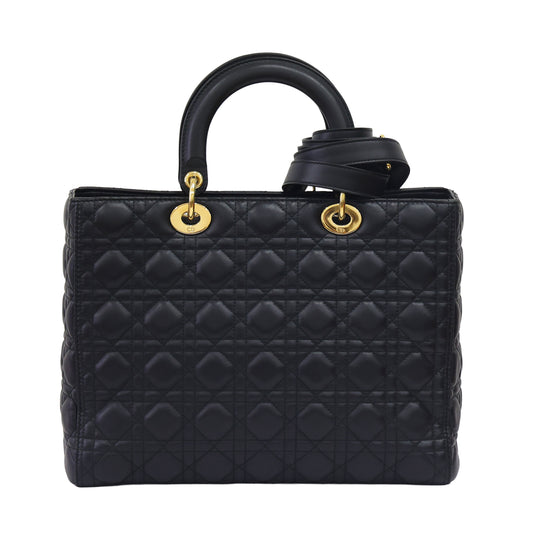
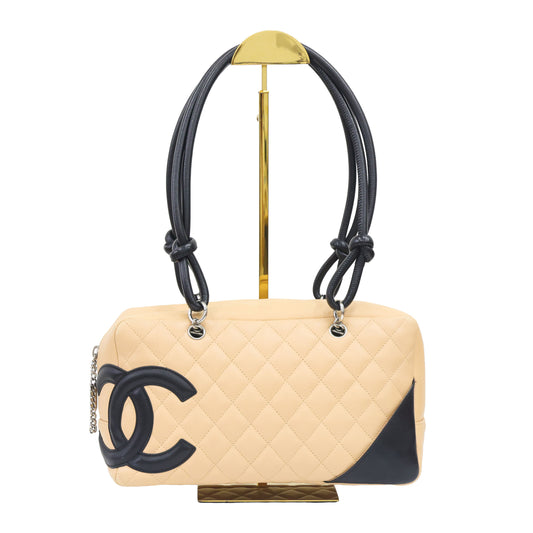
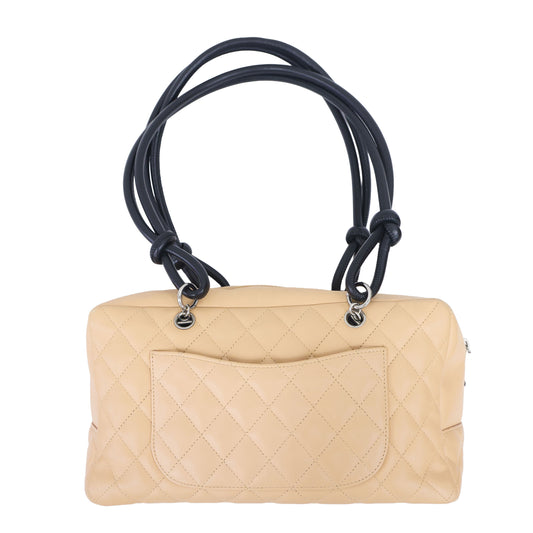
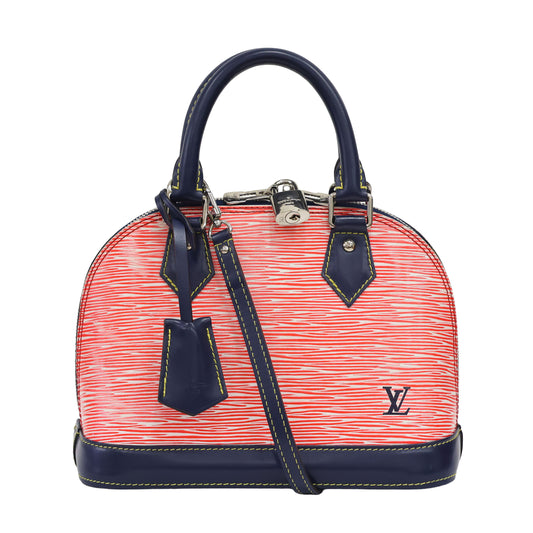
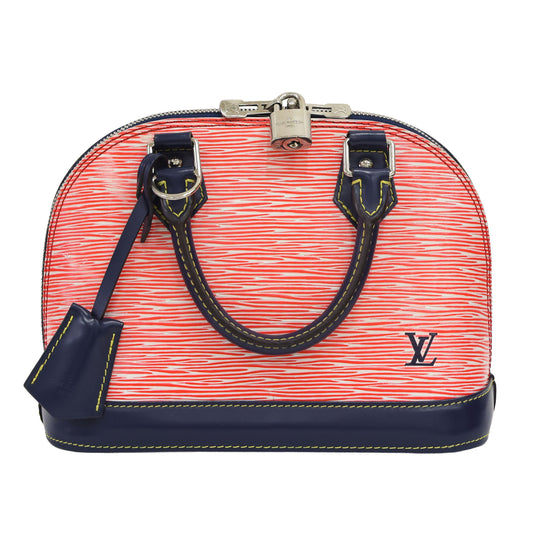
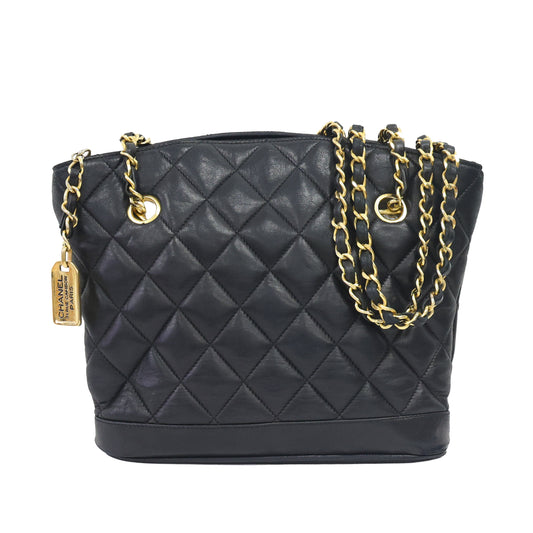
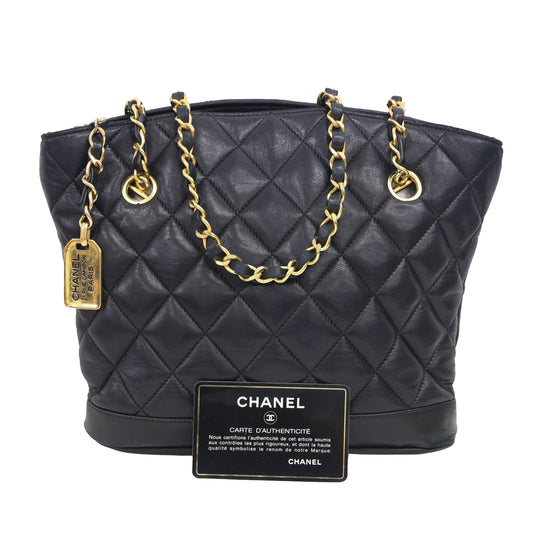





0 comments